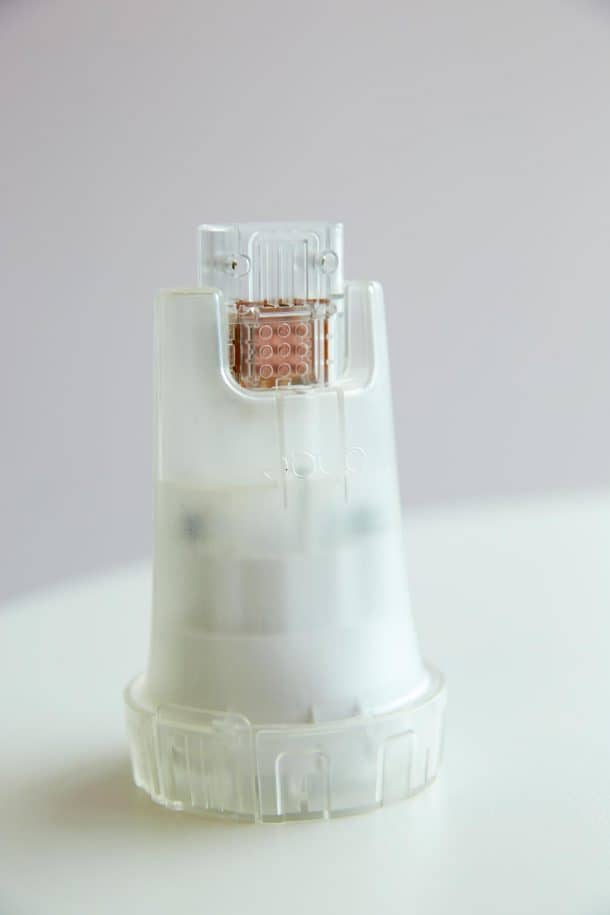No need to pay for those expensive tests and wait frantically for days for your results to arrive. Researchers from DNA Electronics and Imperial College London have now developed a technology which can give you results of an HIV test in less than 30 minutes!
The device comprises of a USB stick which can use just a single drop of blood to test for HIV. The drop of blood is converted into an electrical signal, which could be turned into a readable form by a laptop, computer, or handheld device.
According to the research paper published in Nature, the electrical signals contain all the data required to assess the severity of virus in the bloodstream, and churns up a result in less than 30 minutes, a process which usually takes over three days using the current techniques. And best of all, you don’t even need to drive to a laboratory. The device only uses a mobile phone chip and a tiny blood sample to give out the results using a custom made software for an electronic device.
![[Image source: Imperial College London]](http://wonderfulengineering.com/wp-content/uploads/2016/11/HIV_USB1.jpg)
![[Image source: Imperial College London]](https://i0.wp.com/wonderfulengineering.com/wp-content/uploads/2016/11/HIV_USB1.jpg?resize=608%2C406)
Dr Graham Cooke, a senior author from the Department of Medicine at Imperial College London, talked about his gadget,
“HIV treatment has dramatically improved over the last 20 years – to the point that many diagnosed with the infection now have a normal life expectancy. However, monitoring viral load is crucial to the success of HIV treatment. At the moment, testing often requires costly and complex equipment that can take a couple of days to produce a result. We have taken the job done by this equipment, which is the size of a large photocopier, and shrunk it down to a USB chip.
Not only the device can be used to detect the HIV presence, but it can also measure its quantity in the positive patients, allowing them to adjust their treatment accordingly.


“This is a great example of how this new analysis technology has the potential to transform how patients with HIV are treated by providing a fast, accurate and portable solution. At DNAe we are already applying this highly adaptable technology to address significant global threats to health, where treatment is time-critical and needs to be right first time.”
This essentially has made tracking and treating the HIV very simple, potentially helping out the 36.7 million positive people fighting the HIV/AIDS worldwide.
![[Image source: WHO]](http://wonderfulengineering.com/wp-content/uploads/2016/11/hiv_013-610x430.jpg)
![[Image source: WHO]](https://i0.wp.com/wonderfulengineering.com/wp-content/uploads/2016/11/hiv_013-610x430.jpg?resize=610%2C430)


